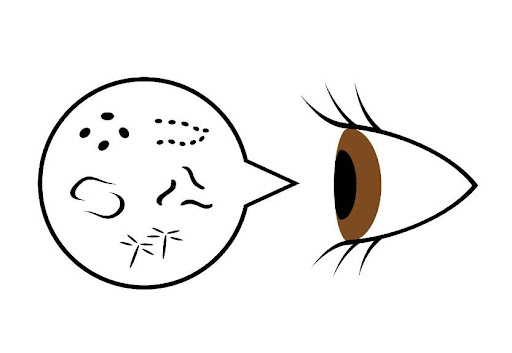
What is Diabetic Eye Disease?
Diabetes is one of the most common health conditions in the United States, affecting nearly 37.7 million people. Diabetes affects the body in various ways and is a significant risk factor for severe health conditions, including vision impairments that could lead to blindness.
According to the Centers for Disease Control and Prevention, 90 percent of blindness related to diabetes is preventable with early detection. And the first step toward early detection is understanding what diabetic eye disease is and how to protect your eyes.
Types of diabetic eye disease
A diabetic eye disease is a group of eye conditions affecting people with diabetes. Common diabetic eye diseases include diabetic retinopathy, diabetic macular edema, cataracts, and glaucoma.
Diabetic Retinopathy
Diabetic retinopathy causes damage to the blood vessels in the retina, which is tissue in the back of the eye. It develops because of poorly controlled blood sugar. Many people don’t experience signs or symptoms during the first stages of the condition. However, as diabetic retinopathy progresses, one can include blurriness, dark areas of vision, floaters, or difficulty perceiving colors. If left untreated, diabetic retinopathy may cause diabetic macular edema or glaucoma.
Diabetic Macular Edema
High blood sugar levels can cause the retina to swell and leak fluid into the retina, causing diabetic macular edema. The main sign of macular edema is blurry or worsening vision over time. Some people may also notice changes in colors, such as dullness and fading of vibrancy. In addition to managing your diabetes, treatment may include medications, eye drops, laser treatments, or eye surgery.
Cataracts
A cataract is a clouding over the lens of the eye. They develop when proteins in the eye break down and clump together. It can cause blurry vision, sensitivity or light, difficulty with night vision, double vision, or changes in colors. A cataract may develop in one or both eyes and is increasingly more common in adults older than 80.
Glaucoma
Glaucoma is damage to the eye’s optic nerve and is the leading cause of blindness in people older than 60, according to the American Academy of Ophthalmology. There are two major types of glaucoma; open-angle and angle-closure.
- Open-angle glaucoma is the most common form of glaucoma. It occurs when fluids don’t correctly drain from the eye, causing pressure and damage to the optic nerve. There are no early signs of the disease, but as it progresses, it causes blind spots in the peripherals, eventually leading to partial or complete vision loss.
- Angle-closure glaucoma is when the iris blocks the drainage angle, causing eye pressure to rise. Signs and symptoms include sudden blurry vision, eye pain, headaches, nausea, or seeing halos.
Protecting your eyes from diabetic eye disease
The best thing you can do to protect your eyes from diabetic eye disease is to manage your diabetes. Work with your doctor to develop a proper treatment plan that will help you keep your blood sugar levels, blood pressure, and cholesterol healthy. Treatment can include a variety of medications, diet changes, and lifestyle modifications to improve your overall health.
In addition to managing your diabetes, consider having an annual dilated eye exam at least once a year. These eye exams can help your eye doctor notice any changes in your vision and start preventative treatment to stop or slow the progression of eye diseases or complications.
How Visiting Angels can help
Diabetes can affect many parts of your body beyond your vision and may make it difficult to care for yourself at home. If you’re an older adult with diabetes and want assistance with daily living activities, the team at Visiting Angels can help. Our caregivers provide at-home services to assist with nonmedical tasks like light housekeeping, personal grooming, mobility, transportation, medication reminders, and meal preparations.
Our Rockwall office works with seniors and families living in Rockwall and the surrounding communities. If you’d like to learn more about our services or want to schedule a complimentary consultation, send us a message or call 214-703-8123.
